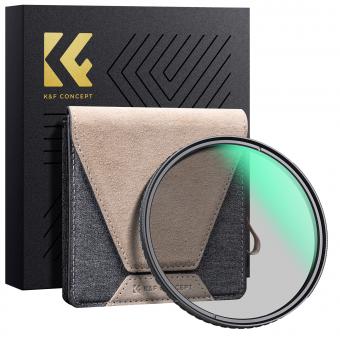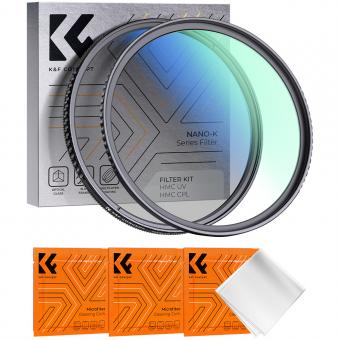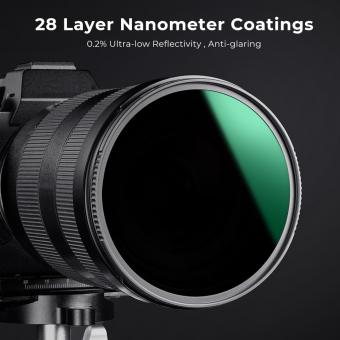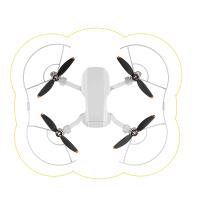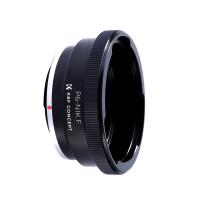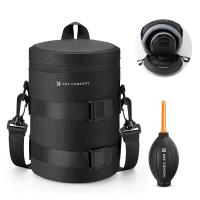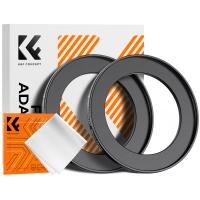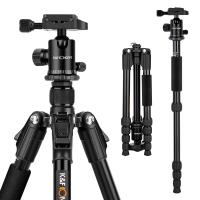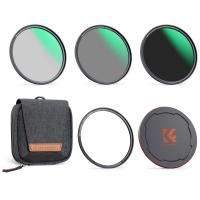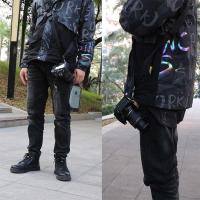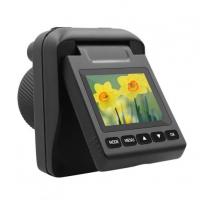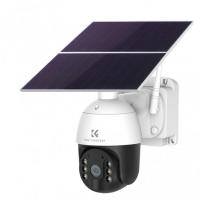Can You Combine Nd Filter And Polarizer?
Combining ND Filters and Polarizers: A Comprehensive Guide
In the realm of photography and videography, achieving the perfect shot often requires more than just a keen eye and a good camera. Accessories like Neutral Density (ND) filters and polarizers play a crucial role in enhancing image quality and providing creative control. But what happens when you combine these two powerful tools? This article delves into the intricacies of using ND filters and polarizers together, exploring their individual benefits, how they complement each other, and practical tips for their combined use.
Understanding ND Filters and Polarizers

Before diving into the combination, it's essential to understand what ND filters and polarizers do individually.
ND Filters
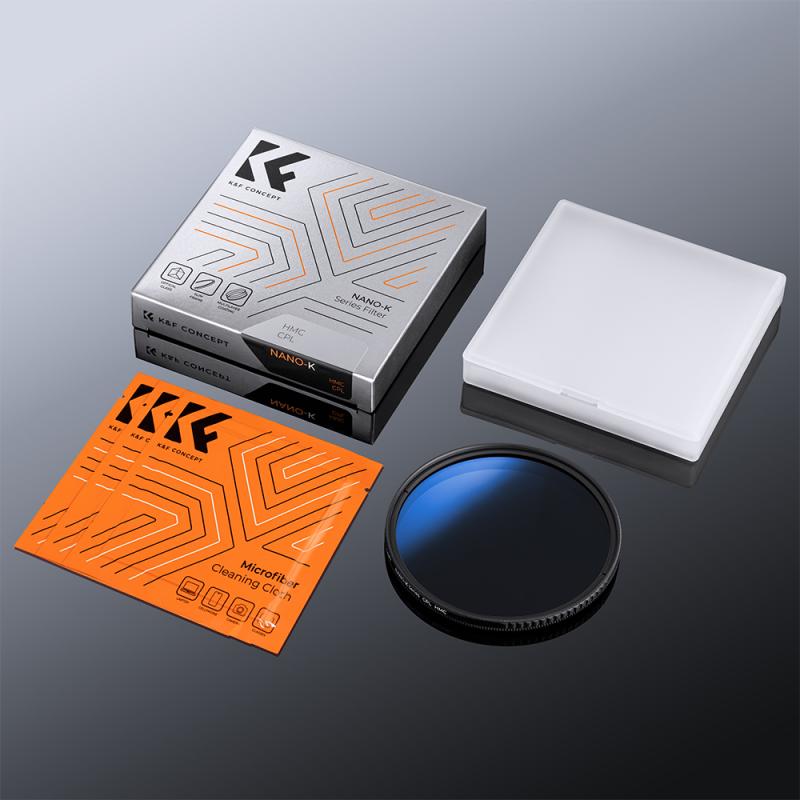
Neutral Density filters are designed to reduce the amount of light entering the camera lens without affecting the color balance. They are particularly useful in situations where you want to use a slow shutter speed or a wide aperture in bright conditions. ND filters come in various strengths, measured in stops, which indicate how much light they block. For instance, a 3-stop ND filter reduces the light by a factor of 8, while a 10-stop ND filter reduces it by a factor of 1000.
Polarizers
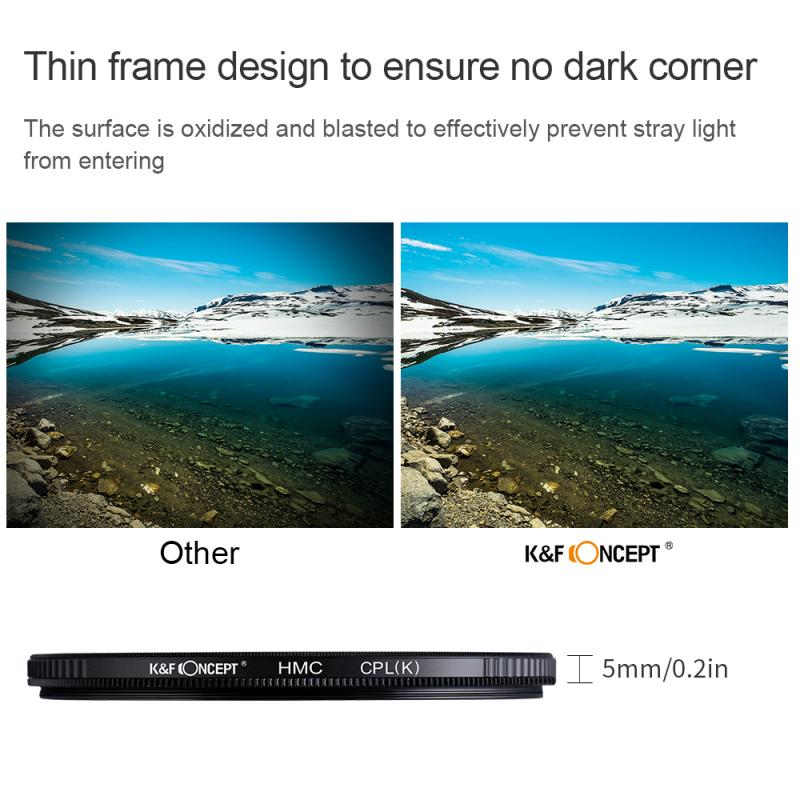
Polarizing filters, on the other hand, are used to manage reflections and glare from non-metallic surfaces like water and glass. They also enhance the color saturation and contrast in your images, making skies appear bluer and foliage greener. Polarizers work by filtering out polarized light, which is light that has been scattered by particles in the atmosphere or reflected off surfaces.
Why Combine ND Filters and Polarizers?
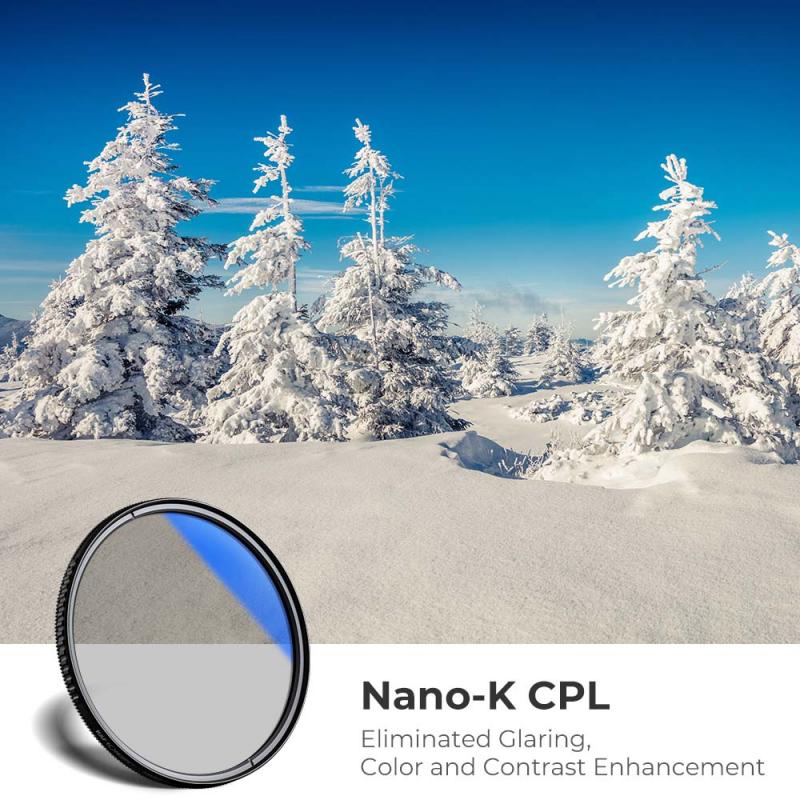
Combining ND filters and polarizers can offer a range of benefits that neither can provide alone. Here are some scenarios where their combined use can be particularly advantageous:
1. Long Exposure Photography: When shooting long exposures in bright conditions, an ND filter can help you achieve the desired slow shutter speed without overexposing the image. Adding a polarizer can further enhance the shot by reducing reflections and increasing color saturation.
2. Video Shooting: In videography, maintaining a consistent frame rate and shutter speed is crucial. An ND filter can help control exposure, while a polarizer can manage reflections and improve color contrast, resulting in a more cinematic look.
3. Landscape Photography: Combining both filters can be particularly useful in landscape photography. The ND filter allows for longer exposures to capture motion blur in water or clouds, while the polarizer enhances the overall color and reduces glare from surfaces like water or wet rocks.
Practical Tips for Combining ND Filters and Polarizers
While the combination of ND filters and polarizers can be powerful, it also requires careful handling to avoid potential issues. Here are some practical tips to help you get the most out of using both filters together:
1. Stacking Filters
When stacking an ND filter and a polarizer, be mindful of the potential for vignetting, especially with wide-angle lenses. Vignetting occurs when the edges of the image become darker due to the physical obstruction of the filters. To minimize this, use slim-profile filters designed to reduce vignetting.
2. Order of Filters
The order in which you stack the filters can impact the final image. Generally, it's recommended to place the ND filter closest to the lens and the polarizer on top. This setup allows you to adjust the polarizer without affecting the ND filter's position.
3. Exposure Adjustments
Combining filters will reduce the amount of light entering the lens significantly. Be prepared to adjust your exposure settings accordingly. Use your camera's histogram to ensure proper exposure and avoid clipping highlights or shadows.
4. White Balance
Both ND filters and polarizers can affect the color balance of your images. While ND filters are designed to be neutral, some cheaper models may introduce a color cast. Similarly, polarizers can sometimes affect the color temperature. Always shoot in RAW format to have greater flexibility in post-processing for correcting any color shifts.
5. Quality of Filters
Investing in high-quality filters is crucial when combining ND filters and polarizers. Cheap filters can introduce unwanted artifacts like color casts, reduced sharpness, and increased flare. High-quality filters from reputable brands ensure that the image quality remains intact.
Case Studies: Real-World Applications
To illustrate the practical benefits of combining ND filters and polarizers, let's look at a couple of real-world scenarios:
Case Study 1: Waterfall Photography
Imagine you're photographing a waterfall on a bright sunny day. You want to capture the silky smooth motion of the water, which requires a slow shutter speed. However, the bright conditions make it challenging to achieve the desired exposure without overexposing the image. By using a 6-stop ND filter, you can reduce the light entering the lens, allowing for a slower shutter speed. Adding a polarizer helps to cut through the glare on the water surface and enhances the green foliage around the waterfall, resulting in a more vibrant and dynamic image.
Case Study 2: Urban Landscape Videography
You're shooting a cityscape video during the day and want to maintain a cinematic look with a consistent frame rate and shallow depth of field. An ND filter helps to control the exposure, allowing you to use a wider aperture. However, the glass buildings and cars create unwanted reflections and glare. By adding a polarizer, you can manage these reflections, resulting in a cleaner and more professional-looking video.
Combining ND filters and polarizers can significantly enhance your photographic and videographic capabilities. Whether you're aiming for long exposure shots, cinematic videos, or vibrant landscapes, the combined use of these filters offers greater creative control and improved image quality. By understanding their individual functions, carefully stacking them, and making necessary exposure adjustments, you can unlock a new level of artistic expression in your work. Investing in high-quality filters and practicing their combined use will ensure that you capture stunning images and videos, regardless of the lighting conditions.

